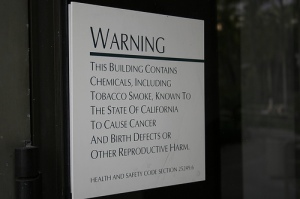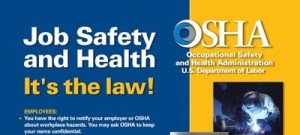“…Â it creates a healthier environment for those working at a hotel, motel or bed and breakfast as more of the cleaning supplies use fewer chemically infused ingredients, fewer linens are laundered,  cans, bottles and other goods are recycled and lighting, entertainment, and heating, ventilation and air conditioning systems become more energy saving and efficient…”
cans, bottles and other goods are recycled and lighting, entertainment, and heating, ventilation and air conditioning systems become more energy saving and efficient…”
“Growing numbers of consumers, including families and conference planners, want to know that the hotel where they plan to stay is ‘green,’ ” says Amey Marrella, commissioner of the state Department of Environmental Protection, who this past week announced that the state just certified its 15th “green lodging.”
Being green, says the commissioner, can include increased energy efficiencies, water-use reductions or reducing, reusing and recycling materials found in a hotel, motel or bed and breakfast.
In addition, Marrella says being a certified green lodging hotel can provide that hotel or motel with a competitive marketing tool, in addition to the savings provided by reduced energy use.
By “greening a hotel,” the institution can become more efficient, become friendlier to its surrounding environment and, say DEP officials, bolster its bottom line.
For more:Â Â http://www.theday.com/article/20100822/BIZ02/308229886/-1/BIZ









